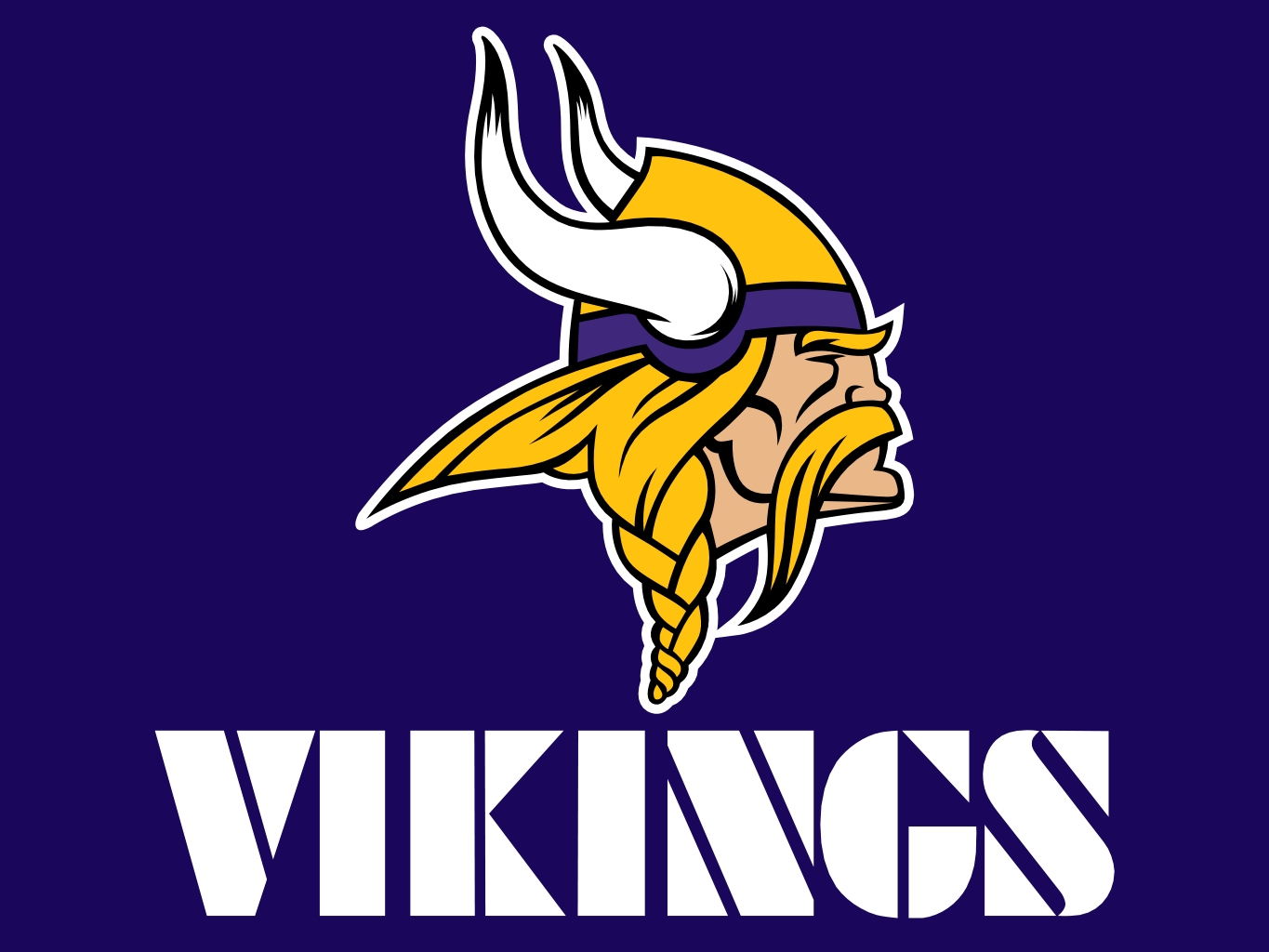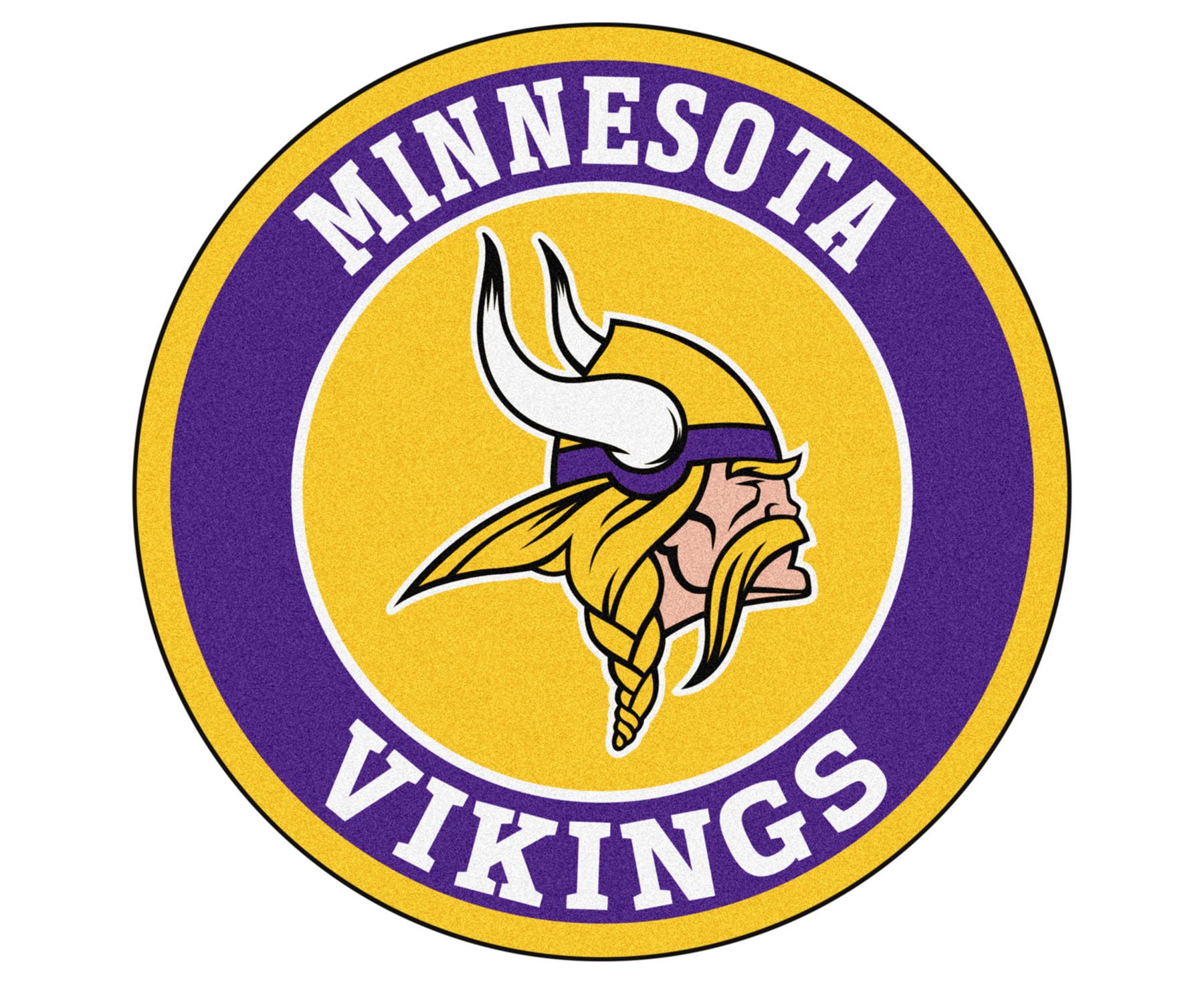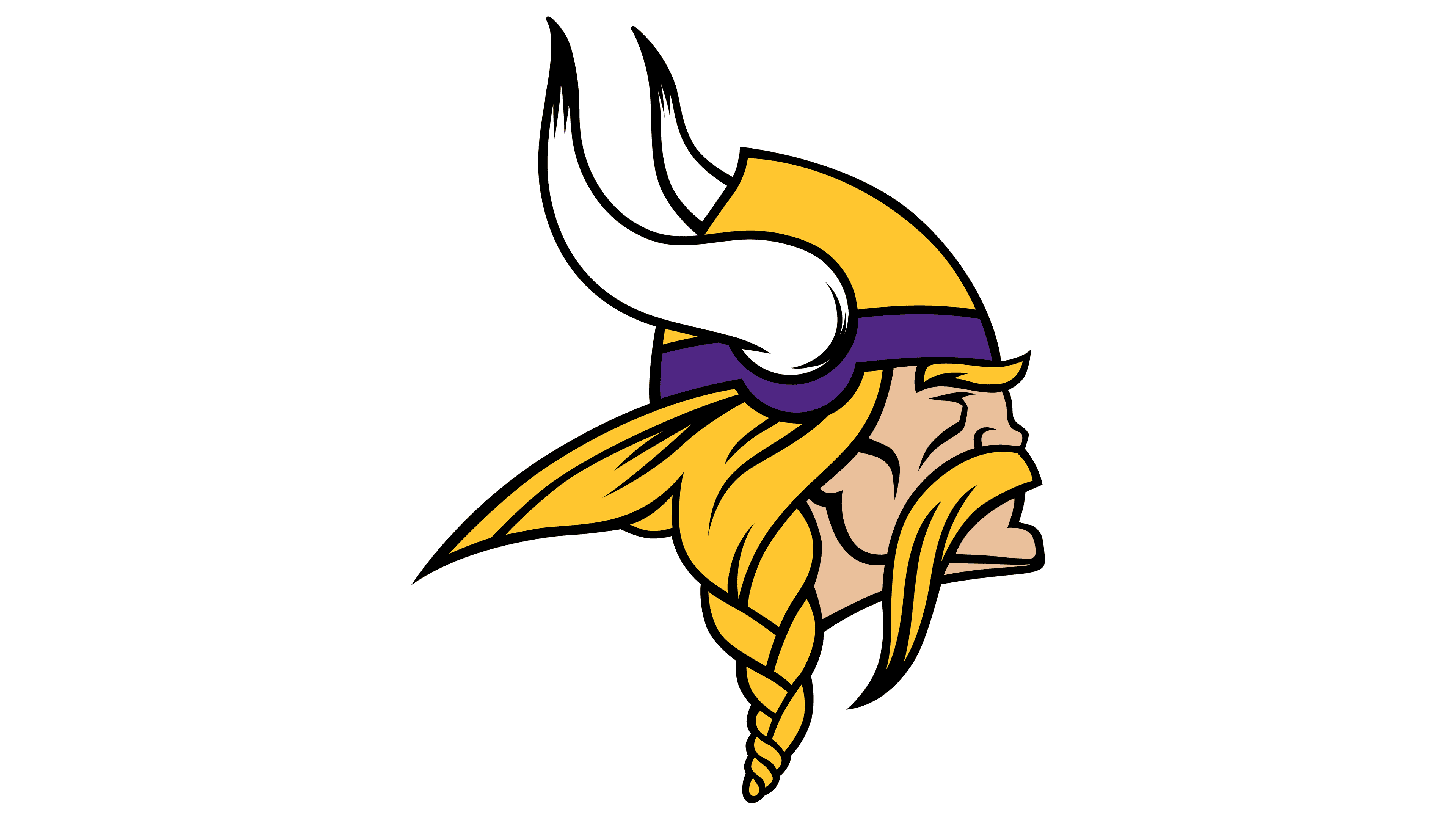History and Legacy

The Minnesota Vikings, established in 1961, have a rich history marked by both triumphs and near misses. Their journey from an expansion team to a perennial contender is a testament to the dedication of players, coaches, and fans alike. From their early days in the Metropolitan Stadium to their current home at U.S. Bank Stadium, the Vikings have consistently captivated the hearts of Minnesota and beyond.
The Early Years and the Rise of Fran Tarkenton
The Vikings’ inaugural season in 1961 saw them struggle to find their footing, finishing with a 3-11 record. However, the team’s fortunes began to change with the arrival of quarterback Fran Tarkenton in 1961. Tarkenton’s electrifying playstyle, characterized by his scrambling ability and accurate passing, revolutionized the Vikings’ offense. He led the team to its first division title in 1964, marking the beginning of a golden era for the franchise.
The Purple People Eaters
The Vikings’ defense, particularly during the 1960s and 1970s, became known as the “Purple People Eaters.” This fearsome defensive line, featuring Carl Eller, Alan Page, Jim Marshall, and Gary Larsen, was a dominant force in the NFL. Their relentless pursuit of quarterbacks and their ability to shut down opposing offenses made them a symbol of the Vikings’ defensive prowess.
- Carl Eller, a Pro Football Hall of Fame inductee, was a dominant defensive end known for his speed and power. He was a key player in the Vikings’ defensive success during the 1960s and 1970s.
- Alan Page, another Pro Football Hall of Fame inductee, was a versatile defensive tackle who was known for his strength and agility. He was a three-time NFL Defensive Player of the Year and a key member of the “Purple People Eaters.”
- Jim Marshall, a Pro Football Hall of Fame inductee, was a stalwart defensive end known for his durability and consistency. He played for the Vikings for 19 seasons, a testament to his longevity and dedication.
- Gary Larsen, a key member of the “Purple People Eaters,” was a defensive tackle who provided a solid presence in the middle of the Vikings’ defense. He was a key contributor to the Vikings’ defensive dominance during the 1970s.
The Super Bowl Years
The Vikings’ success culminated in four Super Bowl appearances in the 1970s. They reached Super Bowl IV in 1970, Super Bowl VIII in 1974, Super Bowl IX in 1975, and Super Bowl XI in 1977. While they fell short of winning the championship each time, their consistent presence on the biggest stage solidified their place among the NFL’s elite.
The Legacy of the “Purple People Eaters”
The “Purple People Eaters” left an enduring legacy on the Vikings’ identity. Their ferociousness and dominance instilled a sense of fear in opposing offenses and inspired a generation of Vikings fans. Their legacy continues to inspire the team’s defensive players to this day, striving to uphold the standard of excellence set by the legendary defensive line.
Current Team and Roster: Minnesota Vikings

The Minnesota Vikings are a team in transition, aiming to build a formidable roster capable of competing for a Super Bowl title. They have a talented core of players but still need to address some key areas to reach their full potential.
Key Players
The Vikings boast a strong nucleus of established players, including:
- Justin Jefferson: Arguably the best wide receiver in the NFL, Jefferson is a dynamic playmaker who can single-handedly change the game. His ability to create separation and make spectacular catches makes him a nightmare for opposing defenses.
- Kirk Cousins: A veteran quarterback with a proven track record, Cousins provides stability and leadership to the Vikings’ offense. He is a reliable passer with the ability to make big plays, but some question his ability to elevate the team to championship level.
- Dalvin Cook: A powerful and elusive running back, Cook is a key cog in the Vikings’ offense. He is a threat to break big runs and is a valuable asset in the passing game.
- Za’Darius Smith: A dominant edge rusher, Smith is a force to be reckoned with on the Vikings’ defense. He has a knack for getting to the quarterback and disrupting opposing offenses.
- Patrick Peterson: A veteran cornerback with a wealth of experience, Peterson brings leadership and playmaking ability to the Vikings’ secondary. He is a reliable defender who can shut down opposing receivers.
Strengths and Weaknesses
The Vikings have a high-powered offense led by Jefferson, Cook, and Cousins. Their passing game is among the best in the league, and their running game can be equally effective. However, the offensive line has been a concern, and their ability to protect Cousins is crucial for their success.
- Strengths:
- High-powered offense: The Vikings have one of the most explosive offenses in the NFL, thanks to the talent of Jefferson, Cook, and Cousins.
- Dynamic wide receiver: Jefferson is a game-changer who can single-handedly win games.
- Strong running back: Cook is a powerful and elusive runner who can create big plays.
- Veteran leadership: The Vikings have a number of experienced players who provide leadership and guidance to the younger players.
- Weaknesses:
- Offensive line: The Vikings’ offensive line has been a weakness in recent years, and their ability to protect Cousins is crucial for their success.
- Defensive consistency: The Vikings’ defense has shown flashes of brilliance but has also struggled at times.
- Depth at key positions: The Vikings need to improve their depth at key positions to withstand injuries and maintain their competitiveness.
Coaching Staff, Minnesota vikings
The Vikings are led by head coach Kevin O’Connell, who brings a fresh perspective and innovative approach to the team. He has a strong offensive background and is expected to maximize the potential of the Vikings’ talented offense. He has assembled a coaching staff with a blend of experience and fresh ideas, aiming to create a winning culture.
“Kevin O’Connell is a bright young coach with a lot of potential. He has a strong offensive mind and is well-respected in the league. He has the opportunity to build a successful program in Minnesota.” – [Source: NFL Analyst]
Fan Culture and Fandom

The Minnesota Vikings boast one of the most passionate and dedicated fan bases in the NFL, known for their unwavering support and unique traditions that have become synonymous with the team. Vikings fans, affectionately known as “The Purple People Eaters,” have created a vibrant and energetic culture that makes every game day a special experience.
The “Skol” Chant and its Significance
The “Skol” chant is an integral part of Vikings culture, serving as a rallying cry for fans and a symbol of unity and pride. This chant, derived from the Old Norse word “skål,” meaning “cheers” or “to health,” has become a staple at Vikings games, echoing throughout U.S. Bank Stadium and reverberating through the airwaves. The “Skol” chant is more than just a celebratory phrase; it represents a shared sense of community and a commitment to the Vikings’ success.
The Impact of U.S. Bank Stadium on the Fan Experience
The opening of U.S. Bank Stadium in 2016 marked a significant milestone for the Vikings and their fans. The state-of-the-art facility provides a modern and immersive fan experience, enhancing the atmosphere and creating an electric environment for game day. The stadium’s design features a transparent roof, allowing natural light to flood the arena, while the massive video screens and advanced sound system create a visually and acoustically stimulating experience. The stadium’s proximity to downtown Minneapolis also makes it easily accessible, contributing to the vibrant atmosphere surrounding Vikings games.
The Minnesota Vikings are known for their passionate fan base and storied history. One player who’s adding to that legacy is JJ McCarthy, whose rise to prominence is evident in his jj mccarthy stats. McCarthy’s performance is a key factor in the Vikings’ aspirations for a successful season, keeping fans hopeful for another Super Bowl run.
The Minnesota Vikings have faced numerous challenges throughout their history, including injuries that can sideline star players. One common injury that can impact athletes, including football players, is a torn meniscus , which can significantly affect mobility and performance.
Fortunately, advancements in medical technology and treatment options have improved recovery times for players dealing with this injury, allowing them to return to the field sooner and continue contributing to their team’s success.
